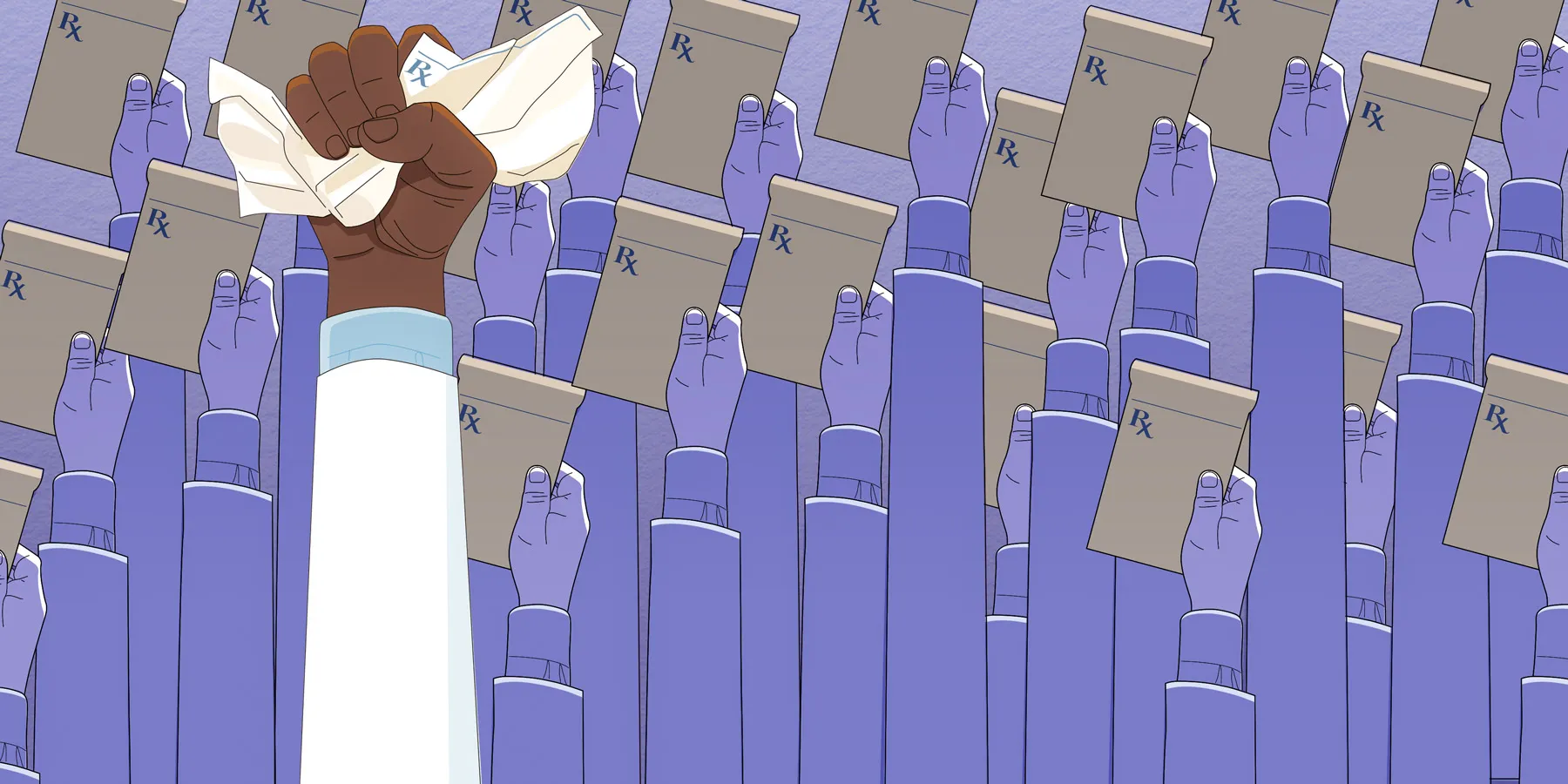The AMA Journal of Ethics has a long history of exploring unique and important roles of physician activists who stood up against systems of power that were in some way dangerous, oppressive, or unjust to individuals or groups that need and deserve protection and solidarity. The January 2004 issue, “Physician Activism,” and the September 2014 issue, “Physicians as Agents of Social Change,” were good examples, and this issue continues this thread of exploration.
Alliance building and activism can promote improved conditions for persons not well served by health care systems by co-creating social policy, community-based participatory research, and arts-based health promotion projects. Such stances of carefully considered solidarity and resistance to tokenism aim for equity, sustainability, and mitigation of health inequity generated in health systems that, in their current states, seem adrift and out of touch with those these systems are obliged to serve.
Many medical professionals find themselves in morally distressing situations, caught between doing what they believe is the right thing and having to be complicit in a structurally problematic system of health care delivery. They are not taught to ignore the inequalities they bear and witness but are placed in a system in which they may feel powerless to change them, have too much work to complete anyway, and are often disincentivized to speak up. Physicians who do stand up for injustices sometimes do so at their own serious personal risk—to their career, their finances, and sometimes their own personal safety.1,2
Nevertheless, in recent years, unrest, protests, and uprisings about class and race conflict have compelled many health professionals to take action, question structures of power, and stand in solidarity with communities facing oppression. These professionals have stopped what they were doing to speak out against and stand up for patients suffering health inequities in their many forms. In doing so, they have interrupted the typical, busy flow of events and taken positions of stillness to allow for the examination and questioning of the current (possibly unsustainable) model of health care delivery.
What does stillness look like? Taking the time to be still or slow down is the first step in serious ethical contemplation that leads to deliberate, sustainable action. Stillness is a set of actions needed for taking balanced, fair, and just action. It is also seen in the whistleblower who loudly calls for an immediate stop to ongoing injustice or unfairness. It is seen in moments of silent remembrance and moments of defiance. It is the power of the sit-ins and stand-ups of protest. The fast pace of health care delivery, the use of technology in patient care, and the additional administrative burdens placed upon physicians threaten the ability to be still, slow down, and listen—simple therapeutic acts within the doctor-patient relationship that allow for alliance building and shared decision making and, when extended, support the doctor-community relationship (or health care system-community relationship). Most of these acts and practices allow for solidarity and allyship and are often at the intersection of health and politics.
Moving into a state of stillness, or slowing down, often comes at a cost. These acts are a threat to the fast-paced, profit-focused systems of “health” we inherited. Those who slow down face the resistance of a powerful bureaucracy that prioritizes productivity and wants to continue to churn at an ever-quickening pace. In this fast-paced world, the hospital and clinic became part of a “medical industry” and, in order to support such a system, individual physicians were “tasked” with taking on its expansion—seeing more patients, doing more procedures, and doing it all faster than before—which, unsurprisingly, led to increasing attention being paid to burnout and suicide within the medical profession.3,4
This theme issue examines the roles of stillness and slowing down as both a means to and an end of improving the delivery of health services at all levels—in the individual patient encounter, in the community, or for populations. Stillness and solidarity are stances that can move medical professionals at all stages of their careers from talking about to standing up for equitable redistribution of goods and services, restorative justice, and reconciliation. This theme issue also addresses the ethical questions surrounding stillness and the responsibilities of individual clinicians, medical educators, health care professionals, health care institutions, researchers, and policymakers to challenge the current pace of the “medical industry” and stand in solidarity to act on social needs and injustice in its many forms.
References
-
Shekter B. William Osler discipline of doctor an egregious abuse of power. Toronto Star. February 9, 2021. Accessed April 14, 2022. https://www.thestar.com/opinion/contributors/2021/02/09/william-osler-discipline-of-doctor-an-egregious-abuse-of-power.html
-
Arthur B. New evidence that hospital pressured to axe doctor who criticized Ford government on pandemic. Toronto Star. March 29, 2022. Accessed April 14, 2022. https://www.thestar.com/opinion/star-columnists/2022/03/29/new-evidence-that-hospital-pressured-to-axe-doctor-who-criticized-ford-government-on-pandemic.html
-
Dyrbye LN, Shanafelt TD, Sinsky CA, et al. Burnout among health care professionals: a call to explore and address this underrecognized threat to safe, high-quality care. NAM Perspect. July 5, 2017. Accessed August 8, 2022. https://nam.edu/burnout-among-health-care-professionals-a-call-to-explore-and-address-this-underrecognized-threat-to-safe-high-quality-care/
-
De Hert S. Burnout in healthcare workers: prevalence, impact and preventative strategies. Local Reg Anesth. 2020;13:171-183.




